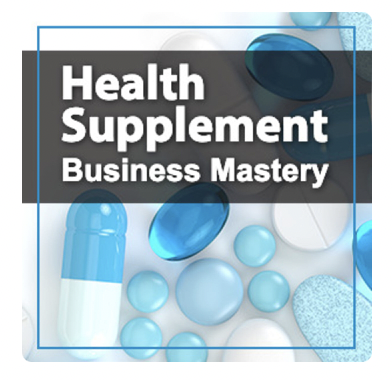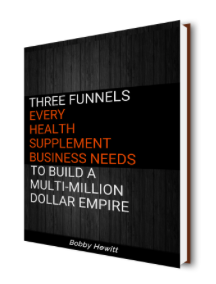The humble online form, is responsible for almost every major conversion on your site.
Sometimes that form looks like a shopping cart or a simple email opt in but one way or another it all starts with a conversion action that leads to an online sale.
Online forms are ubiquitous and critical conversion points on most websites.
Whether it’s a shopping cart checkout, email signup, or contact form, online forms represent a key moment when visitors indicate enough interest and trust to provide their information and move forward with a transaction or relationship.
The infographic highlights some form optimization principles that are worth testing, including reducing the number of fields, using clear labels, providing good error messages, and offering confirmation pages.
Simplifying forms by cutting non-essential fields can lift conversion rates dramatically – the example shows a 120% increase.
However, less friction is not always better.
Shorter forms could mean getting lower quality leads or less customer data.
So you need to test changes carefully, with the whole business context in mind.
If conversion rates improve but metrics down the funnel like customer lifetime value decline, that’s not actually a positive change.
The main takeaway is that forms represent a major leverage point for conversion optimization.
Beyond form length and field simplification, several other optimization techniques are worth exploring for your online forms.
Input types and validation can reduce errors and friction – replace free text fields with select dropdowns whenever possible, validate email addresses and phone numbers in real-time, and break long forms into shorter multi-page flows.
Progressive disclosure can also help – only show more advanced fields after initial information is provided.
Conditional logic also works for multi-step processes – the questions posed dynamically change depending on earlier responses.
Form layout and visual design deserves attention as well.
Use clear hierarchical emphasis, subheads and spacing to make scanning easy.
Input labels and helper text should be concise and comprehension tested.
Move non-essential questions to a secondary post-conversion form to simplify the primary signup or checkout.
Once you have optimized individual form components, test the sequencing and information hierarchy.
Place the most essential fields first and group related inputs.
Require the minimum information necessary early on before requesting deeper profiling data.
Testing confirmation messages and post-form customer journeys are also fertile areas for optimization.
Tailor messaging based on what the user just did and make calls to action contextually relevant.
For example, post sign-up confirmation pages present opportunities for immediate account logins or initial profile completion.
Take a holistic view of the entire signup or checkout process.
Isolate and remove unnecessary steps that might deter completion.
Surface incentives and reassure people after they provide sensitive information like credit cards.
Testing every component, interaction flow and messaging nuance can yield substantial conversion gains.
But you should resist simplistic rules of thumb. Instead, use A/B and multivariate testing to figure out the optimal form design, length, fields, and flows for your specific business goals.
Test boldly but evaluate results holistically before rolling out changes. What makes a high-converting form differs based on your industry, customers and objectives.
The only way to really know is to let the data from careful testing speak for itself.
As with all best practices, you need to test.
Please don’t follow these recommendations blindly without running an A/B Test of your own.
Every audience is different and when it comes to forms, sometimes more friction is a good thing depending on your business goals.
Sure you can increase your conversion rate by decreasing the number of fields from (120% increase in the example below) but what effect did that have on overall quality of leads and other areas of the business?
It’s a holistic view that will win in the end.

Discover the 3 funnels that can help your health supplement business succeed.

Listen to the Health Supplement Business Mastery Podcast for for dietary supplement entrepreneurs and marketers.



